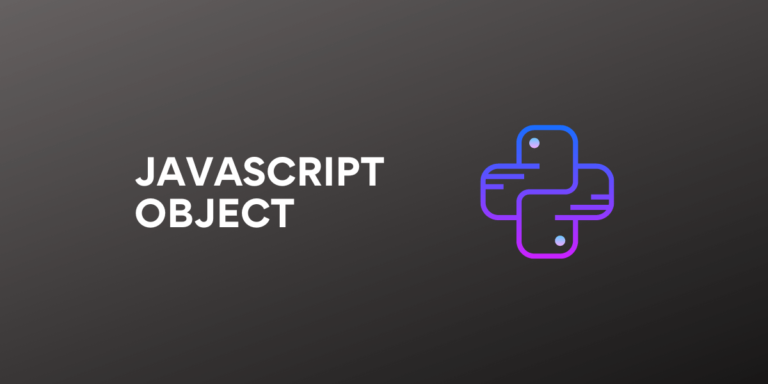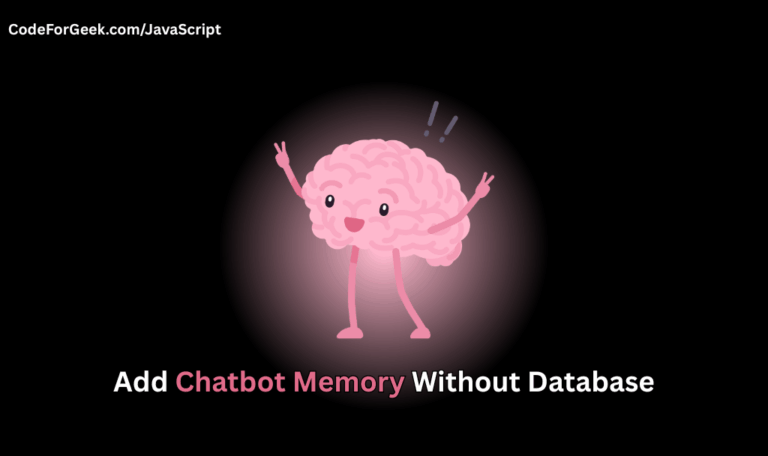Ever wondered why working with data in JavaScript can feel confusing or messy? Many of us struggle to organize information or build features because we do not fully understand JavaScript objects. Learning how objects work is the key to writing clear, powerful code, and this guide will explain JavaScript objects with simple examples that make everything easy to follow.
Key Takeaways
- JavaScript objects are used to store collections of related data as key-value pairs, making it easy to organize and manage information in a structured way
- We can create objects using the object literal method with curly braces or by using the Object constructor, depending on what fits our needs best
- Each property in an object has a key (the property name) and a value, and these properties can be added, changed, or removed at any time
- Objects allow us to store different types of values, including numbers, strings, arrays, and even functions, which helps us build more flexible and powerful code
- We can access object properties using dot notation or bracket notation, making it simple to read or update the data stored in our objects
Example of a JavaScript object:
const obj1 = {name: 'John',
age: 25,
address: 'India'
}; //'object'
console.log(obj1);
In the above example, you can see an object “obj1” having multiple properties. These properties can be split into two parts, the first field is called a key such as name, age and address and the second field is called its values such as aditya, 25, and India.
Output:
{ name: 'John', age: 25, address: 'India' }
Also Read: What is a Class In JavaScript?
Creating Objects in JavaScript
Below are the various approaches to creating an object in JavaScript.
- Creating objects using object literal
- Creating objects using the object class
- Creating objects using the user-defined class
- Creating objects using the constructor function
Let’s understand them one by one.
Creating Objects using Object Literal
An object literal is a list of key-value pairs inside curly braces separated by commas.
Example:
Below is an example of creating objects using object literal.
const obj1 = {name: 'John',
age: 25,
address: 'India'
}; //'object'
console.log(obj1);
Here we have passed multiple key-value pairs to create an object “obj1”.
Output:
{ name: 'John', age: 25, address: 'India' }
Creating Objects using the Object Class
An object is created as an instance of the built-in JavaScript object class.
Example:
Below is an example of creating objects using object class.
const obj1 = new Object();
obj1.name = 'John';
obj1.age = 25;
obj1.address = 'India';
console.log(obj1);
Here we created an instance of an object class, then assigned different properties to them using the dot(.) notation followed by keys having assigned values.
Output:
{ name: 'John', age: 25, address: 'India' }
In the above output, you can see that we get the same output as the output got when creating objects using object literal.
Creating Objects using the User-defined Class
An object is created as an instance of some user-defined class.
A user-defined class have its own constructor which defines the properties of an object created from that class.
Example:
Below is an example of creating objects using the user-defined class.
class Hello {
constructor(name, age, address) {
this.name = name;
this.age = age;
this.address = address;
}
}
const obj1 = new Hello('John', 25, 'India');
console.log(obj1);
Output:
Hello { name: 'John', age: 25, address: 'India' }
Creating Objects using the Constructor Function
Class in JavaScript was introduced in ECMAScript 2015(ES6) before classes the constructor function is used to perform Object Oriented Programming(OOP) in JavaScript.
An object can be directly created using the constructor function.
Example:
Below is an example of creating objects using the constructor function.
function Hello(name, age, address) {
this.name = name;
this.age = age;
this.address = address;
}
const obj1 = new Hello('John', 25, 'India');
console.log(obj1);
Output:
Hello { name: 'John', age: 25, address: 'India' }
Again, we get the same output as the output got in the previous methods. Hence the output is justified.
Checking the Objects in JavaScript
We can validate that a value is an object using the typeof() method.
Example:
const obj1 = {name: 'John',
age: 25,
address: 'India'
}; //'object'
console.log(typeof(obj1));
const obj2 = new Object();
obj1.name = 'John';
obj1.age = 25;
obj1.address = 'India';
console.log(typeof(obj2));
class Hello {
constructor(name, age, address) {
this.name = name;
this.age = age;
this.address = address;
}
}
const obj3 = new Hello('John', 25, 'India');
console.log(typeof(obj3));
function Hello2(name, age, address) {
this.name = name;
this.age = age;
this.address = address;
}
const obj4 = new Hello2('John', 25, 'India');
console.log(typeof(obj4));
Here we have created an object using all four ways explained earlier, passed it as an argument to the typeof() method, and printed the output.
Output:
object
object
object
object
See, all of them are objects.
Accessing Object Properties
Accessing the properties of an object can be done in two ways:
1. Using dot Notation
You can access the properties of an object using dot notation followed by its name.
Example:
const obj1 = {name: 'John',
age: 25,
address: 'India'
}; //'object'
const x = obj1.name;
console.log(x);
Output:
John
2. Using bracket Notation
A bracket can also be used to access the properties of an object.
Example:
const obj1 = {name: 'John',
age: 25,
address: 'India'
}; //'object'
const x = obj1["name"]
console.log(x);
Output:
John
JavaScript Nested Objects
An object can contain another object as a value of a key.
Example:
const obj1 = {name: 'John',
age: 25,
address: {
city: 'Delhi',
state: 'Delhi'
}
}; //'object'
console.log(obj1.address);
Here the “obj1” has a property address having another object as a value.
Output:
{ city: 'Delhi', state: 'Delhi' }
JavaScript Object Contain Methods
An object can also contain methods.
Example:
const obj1 = {
name: 'John',
age: 25,
address: {
city: 'Delhi',
state: 'Delhi'
},
getName: function () {
console.log(this.name);
}
}; //'object'
obj1.getName();
Here the “obj1” has a function “getName” which will print the value of the name key in the console.
Output:
John
Summary
An object is an instance of a class, but in JavaScript, it is more than that, JavaScript use object everywhere, and an object in JavaScript can be created using different ways such as using an object literal, object class, user-defined class, and constructor function. Objects are the core of JavaScript, hope this tutorial helps you to understand them.
References
https://developer.mozilla.org/en-US/docs/Web/JavaScript/Reference/Global_Objects/Object
https://stackoverflow.com/questions/9108925/how-is-almost-everything-in-javascript-an-object





